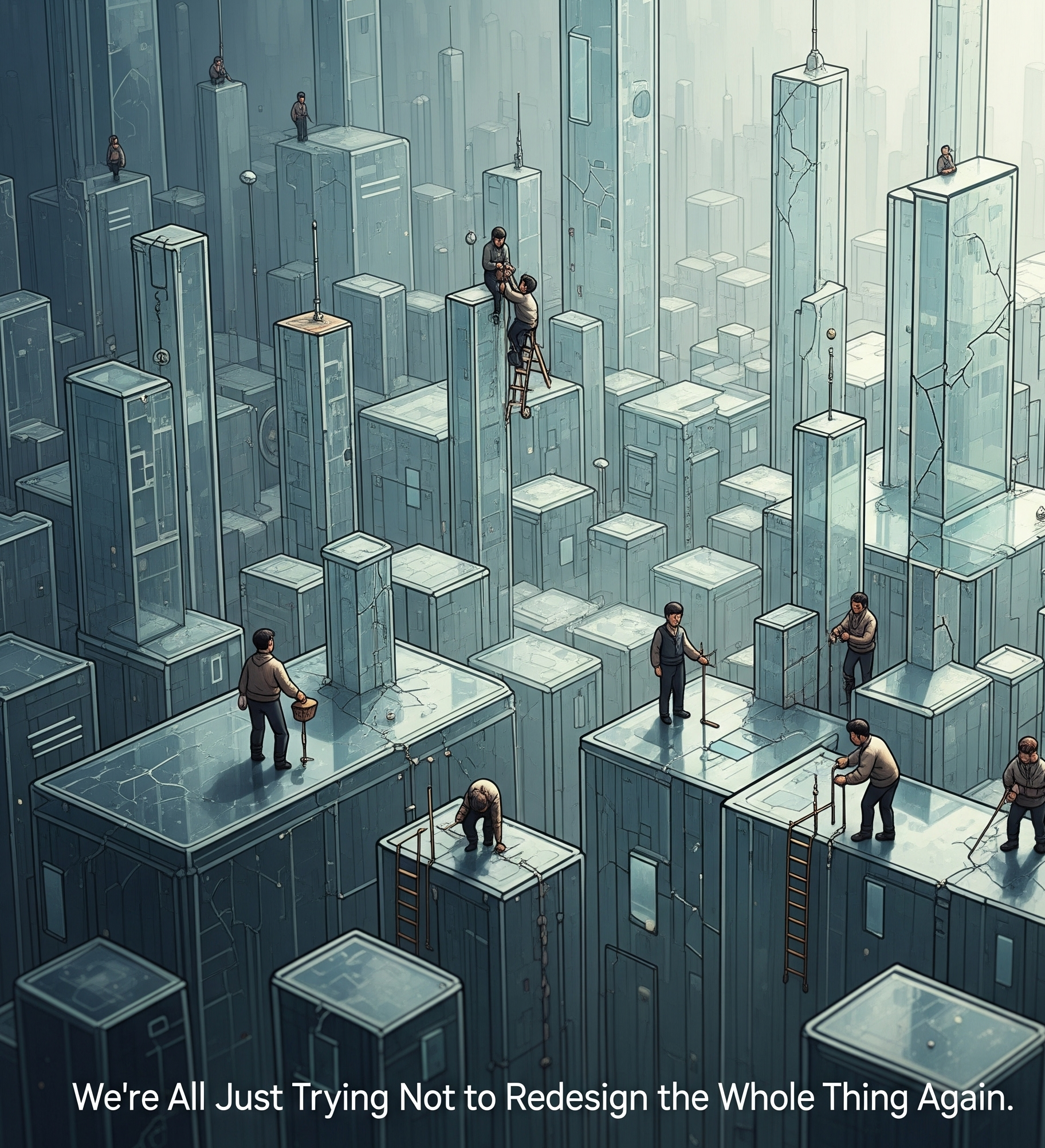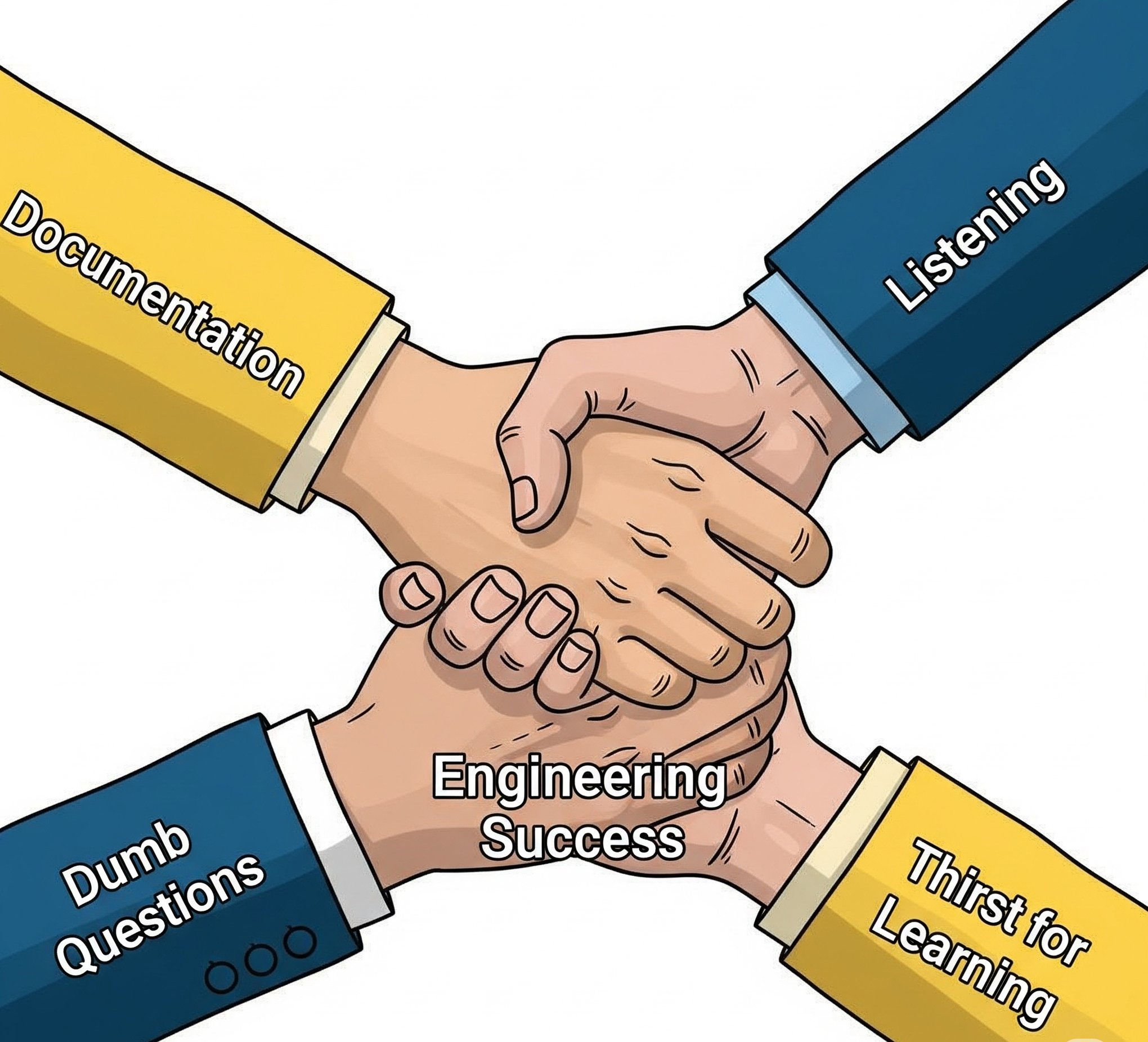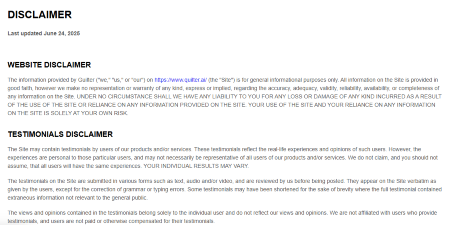The Truth About Engineering: We’re All Just Trying Not to Redesign the Whole Thing Again
"Engineering is kind of its own art. You just change the medium—metal, plastic, wood—you create other things."

There’s a certain moment every engineer recognizes. You’ve poured hours into a design, the CAD model is tight, the simulation checks out, and then someone from electrical walks over and says, “Where’s the room for my cable?”
Cue internal screaming.
That moment—when your carefully balanced masterpiece suddenly has to accommodate a power supply, or a mounting plate, or worse, a firmware update—isn’t a bug in the system. It is the system.
When I spoke with Carolina Hubbard, a mechanical engineer who’s worked everywhere from Disney to Markforged to the Robotics and AI Institute, she put it plainly: “If all you ever do is mechanical engineering, you're not going to end up with a product.”
She’s right, of course. But knowing that doesn’t make it any less painful when the firmware team informs you—cheerfully—that their chip will now be twice as big and exactly where your actuator lives.
Engineering isn’t about perfection. It’s about humility. It’s about designing something, realizing it won’t work in context, and then redesigning it in a way that doesn’t make you question your entire career. That’s why I think every engineering curriculum should include improv classes and maybe a small course in conflict mediation.

Collaboration Is Not a Buzzword. It’s a Survival Mechanism.
We talk a lot about “cross-functional teams,” but most engineering environments still reward specialization. Deep knowledge, tight scope, don’t ask too many questions outside your domain.
That mindset works fine—until you try to build something real. Then you discover that “hardware” is just an extremely opinionated group project where no one agrees on the file naming convention.
Carolina told me something else that stuck. “You have to be able to communicate with other stakeholders. Otherwise, you're going to have a really bad product at the end.”
That’s the polite version. The impolite version is: if you don’t talk to software, test, systems, and integration early, your design will either explode, fry itself, or miss the deadline while you’re stuck rerouting wires and apologizing profusely.

Good Engineering Has a Sense of Humor
Let’s not forget that Carolina once worked at Disney, where, as she put it, the dreamers would say things like, “Let’s throw the Tower of Terror into the air and catch it again,” and engineering had to gently respond, “Yes... but gravity.”
There’s a reason so many great engineers have a dry sense of humor. If you can’t laugh at the absurdity of building a parkour-capable robot bike inside a high-rise office (true story), you won’t survive long in this field.
Engineering is messy. It’s emotional. It requires patience, resilience, and an ability to get roasted in a design review and then come back the next day with a slightly better spreadsheet and a lot of hope.
Requirements Don’t Kill Creativity. They Focus It.
When Carolina shifted from entertainment to public robotics, the constraints changed, but the lesson did not. Instead of show spectacle, the new challenge was accessibility—physical, cognitive, and emotional. Designing hardware for the general public introduces complexity that reaches beyond tolerances and certifications.
“Once you’ve gathered all your minimal requirements... then you can start adding things. Like, it would be cool if it also flashed colors.”
Too often, engineers fall into the trap of treating constraints as enemies. But the most disciplined creative processes begin by defining the box one must work inside. ADA compliance, height limits, noise levels, usability by a six-year-old and a sixty-year-old: these do not hinder creativity, they purify it. Every “requirement” is not a limitation but a conversation starter. The answer to “Why can’t we do it this way?” is found in the fine print of people’s needs.
What We Actually Value
If I had to make a list of the things that keep engineering teams functional—not thriving, just functional—it wouldn’t be tools or credentials. It’d be:
- People who document things even when they don’t have to.
- People who ask dumb questions before the prototype fails.
- People who know when to shut up in a meeting and when to speak up in a sprint review.
- And people like Carolina, who remind you that it’s okay to want to know more, even if it’s outside your job title.
“I don’t believe you don’t have time to learn,” she said. “You can go back and learn anything. You just have to decide to.”
Simple. Hard. True.
In the end, engineering isn’t about the part you build. It’s about the people you build it with. The late nights spent printing one more bracket. The whiteboards filled with arrows and regret. The mutual understanding that no one gets it right the first time.
And if you’re lucky, it’s also about building something that makes a little more sense today than it did yesterday. That’s progress. That’s engineering.
And with enough PLA and stubbornness, maybe—just maybe—that parkour robot bike won’t go out the window.


